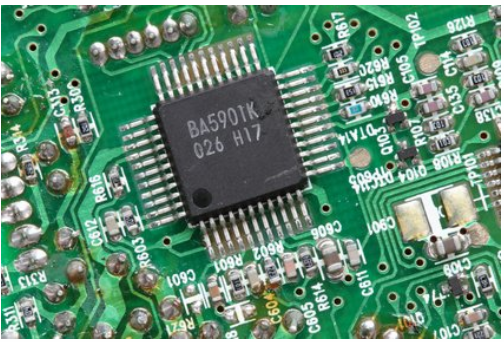In the past few years, innovative design tools and manufacturing techniques have greatly reduced the manufacturing and production costs of printed circuit boards(PCBs). But what really increases the cost ofPCB production is the mistake of actually designing the circuit board from the beginning. There are many common mistakes in PCB design. Not only novices and hobbyists need to pay attention, but also experienced designers can learn and avoid them.
Avoiding these common mistakes will lead to cost reductions by avoiding rework and manufacturing delays, while producing a higher quality final product.
In the early stages of the development phase, the intended manufacturer was not included in the design. Most manufacturers have their own proprietary manufacturing processes that simplify production and maximize the efficiency of their specific equipment and employees. If the PCB design specification is inconsistent with its process, it may cause manufacturing delays, special settings will increase costs, and even lead to circuit boards that they cannot produce. This may mean wasting time looking for another manufacturer or redesigning the circuit board.

Manufacturer’s investment in design may help design engineers create more cost-effective PCBs, making production easier and faster. Obtain a second (or third) opinion. Designers usually focus on specific goals and results, and work within the tight deadlines of PCB production. This can lead to missed errors or design flaws that were ignored in the process of completing the design and developing the prototype. Having another technician or engineer review the design can be very helpful in avoiding errors that may not occur later in the process, leading to increased project costs. As with many technical jobs, errors in the cycle are discovered and they become more and more expensive. Layout-Component Layout-Reducing the size of PCBs in today's devices. Shrinking TVs, smart phones and weight-sensitive products require smaller and thinner PCBs. This challenges designers to effectively and more closely lay out components. The layout technology used in the PCB design phase will become more and more important to create reliability and manufacturability. Layout errors can turn into rework and failed prototypes. Testing-Thorough testing is essential to avoid problems after the prototype is created. Not only must the initial functional requirements of the design be met, but any environmental conditions that may affect the reliability or stability of the circuit board should also be reviewed to ensure performance under various conditions. PCBs that work as prototypes may fail when integrated into the final product. Lack of application tools-Every designer should make full use of existing design tools. Some are built for specific needs, while others provide more extensive flexibility for many types of PCBs. Advanced software helps PCB design, including component placement, error scanning design and prototype development. Most importantly, many of these tools are extremely cost-effective and can even be used and network enabled for free. Ignoring these high-quality and useful tools is certainly a major mistake that PCB designers can make. Do not consider the manufacturing process. If PCBs cannot be manufactured within budget (if any), then complex and advanced designs that theoretically work beautifully have little value. The importance of working closely with the final product supplier is a factor that engineers need to maintain throughout the design process. Avoid common PCB design mistakes
There are many ways to avoid most common PCB design errors, including best practices that follow methodologies, including design reviews and collaboration with suppliers, and the use of design and prototyping techniques.
Use design tools at work to minimize problems and provide specification documents ready for manufacturing. This contributes to the success of the project, designing the correct circuit board for the first time and producing the expected results. Provide suppliers with all the documents required for manufacturing to ensure accurate information and PCBs that meet the requirements of designers.
Use design and manufacturing (DFM) tools to analyze the manufacturability of the finished product design. The multiple questions and issues exchanged between the designer and the manufacturer extend the completion time and add considerable cost to the final work product. FreeDFM is such a tool, it can help designers avoid major mistakes.